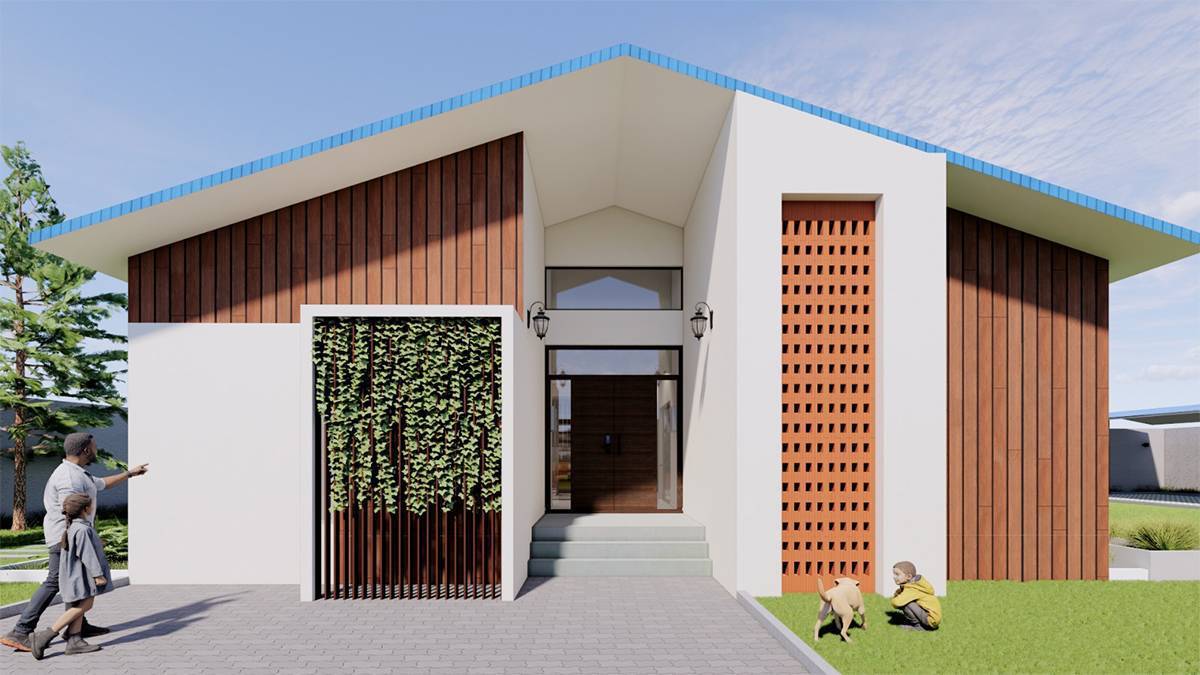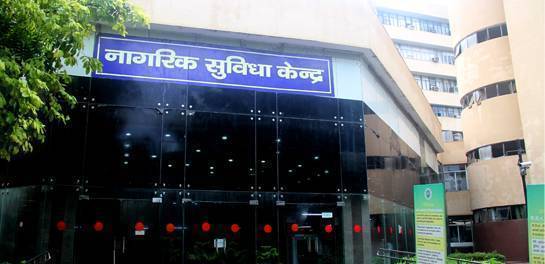The Reserve Bank of India (RBI) has announced a 25 basis points (bps) cut in the repo rate, bringing it down from 6.50% to 6.25%. This marks the first rate reduction in five years and the first under Governor Sanjay Malhotra. The decision, taken unanimously by the Monetary Policy Committee (MPC), reflects a shift in the central bank’s approach amid evolving economic conditions.
The repo rate, which determines the interest rate at which commercial banks borrow from the RBI, serves as a key benchmark influencing lending rates across various sectors, including real estate. A reduction in this rate generally leads to lower borrowing costs, affecting homebuyers, real estate developers, and investors in multiple ways.
This is the first time the RBI has cut rates since May 2020, when it had reduced the repo rate by 40 bps to 4% in response to the pandemic. Since then, the central bank has raised interest rates seven times, peaking at 6.50%. Despite the rate cut, the MPC decided to maintain a neutral policy stance, balancing the need for economic growth with inflation control. The GDP growth forecast for FY26 remains at 6.7%, slightly higher than the 6.6% estimate for FY25. Meanwhile, inflation for FY26 is projected at 4.2%, with FY25’s estimate staying at 4.8%.
Key Takeaways:
- Repo Rate: Cut by 25 bps to 6.25%
- GDP Growth: Projected at 6.7% for 2025-26
- Inflation: Estimated at 4.2% for 2025-26
- SDF Rate: Adjusted to 6.00%.
- MSF & Bank Rate: Set at 6.50%.
- 2024-25 GDP: Estimated at 6.4% YoY
- Quarterly GDP Estimates: Q1 - 6.7%, Q2 - 7.0%, Q3 & Q4 - 6.5% each.
- CPI Inflation Projection: 4.8% for 2024-25, 4.2% for 2025-26.
The timing of the rate cut is particularly significant, given the ongoing challenges in the real estate sector, such as liquidity constraints, fluctuating demand, and evolving consumer preferences. The reduction in borrowing costs is intended to stimulate economic activity, encourage homeownership, and assist developers in completing projects. This decision aligns with broader financial measures aimed at supporting growth and improving market stability.
Impact on Homebuyers
A lower repo rate directly impacts home loan interest rates, making housing finance more accessible. As banks are likely to reduce their lending rates, Equated Monthly Installments (EMIs) for home loans will decrease, enabling a larger segment of buyers to consider homeownership.
First-time homebuyers are expected to benefit significantly, as reduced interest rates can make financing more affordable. Lower rates could also restore confidence among potential buyers who were previously hesitant due to high borrowing costs. The affordable and mid-segment housing markets may witness increased demand as price-sensitive buyers find home loans more manageable.
Effect on Residential Real Estate
Lower borrowing costs typically result in greater demand for housing, benefiting the residential real estate sector. Developers may experience improved sales, facilitating faster inventory clearance and better liquidity. This impact is particularly relevant in regions with high unsold housing stock, as increased demand can help stabilize prices and encourage new project launches.
The luxury housing market may also see renewed interest, as high-value properties become more financially attractive with reduced interest rates. Additionally, investors who rely on bank financing to purchase real estate could find opportunities to optimize their returns in a lower-interest-rate environment.
Commercial and Industrial Real Estate and Investment Trends
The commercial real estate sector is expected to experience varied effects from the repo rate cut. On one hand, reduced financing costs may benefit developers and businesses looking to expand their office or retail spaces. Lower borrowing rates can also support investments in warehousing, logistics, and industrial real estate, especially in a market driven by e-commerce growth.
However, the overall impact on office space demand will depend on broader economic conditions and corporate investment trends. Businesses evaluating expansion or relocation decisions will consider financing costs alongside other economic factors such as market stability and workforce mobility.
Real estate investment trusts (REITs) could become more attractive to investors, as lower interest rates enhance the appeal of real estate assets compared to traditional fixed-income investments. This shift may result in greater capital inflows into commercial real estate ventures, contributing to sectoral stability.
Implications for Developers
For real estate developers, the repo rate cut translates into reduced financing costs, easing the financial burden of ongoing and upcoming projects. Lower interest rates can facilitate better cash flow management, allowing developers to accelerate project completion and enhance profitability.
Additionally, developers offering homebuyer-friendly financing schemes, such as subvention plans or flexible payment options, may witness greater interest from prospective buyers. However, while the repo rate cut provides relief, other factors—including construction costs, regulatory approvals, and market sentiment—will continue to influence sector performance.
Mortgage Lending and Bank Policies
While the RBI’s repo rate cut signals a downward trend in borrowing costs, the extent to which banks pass on the benefits to consumers will determine its actual impact on the real estate sector. Financial institutions may adjust their interest rates based on their cost of funds, risk assessments, and liquidity positions.
Historically, banks have not always transmitted the full benefits of repo rate reductions to end-users, particularly in an environment where they face asset quality concerns or capital adequacy requirements. Therefore, homebuyers and developers will be closely monitoring lending policies to assess the real impact of this rate cut.
Market Sentiment and Long-Term Outlook
A reduction in the repo rate is expected to improve overall market sentiment, particularly in the housing sector. Improved affordability, combined with a stable economic outlook, could lead to increased real estate activity in both urban and suburban markets. Additionally, government incentives for homebuyers and real estate developers could further support sectoral growth.
In the long term, sustained low interest rates could contribute to market stability, provided other macroeconomic conditions remain favorable. Real estate stakeholders—including developers, investors, and homebuyers—will need to align their strategies to take advantage of emerging opportunities.
Challenges and Considerations
Despite the benefits of the repo rate cut, challenges remain for the real estate sector. Rising construction costs, delays in project approvals, and regulatory compliance continue to influence overall growth. Developers must also navigate market uncertainties, such as evolving buyer preferences and urban development policies.
Additionally, the impact of the rate cut may vary across different cities and real estate segments. Metropolitan areas with strong housing demand may experience faster recovery, whereas smaller markets may see more gradual improvements depending on local economic conditions.
Way Forward
The RBI’s decision to lower the repo rate has notable implications for the real estate sector, influencing homebuyers, developers, and investors. Lower interest rates enhance affordability, drive housing demand, and improve liquidity, potentially revitalizing key segments of the market. However, the actual benefits will depend on bank lending policies, economic conditions, and regulatory frameworks. As the sector adapts to these changes, stakeholders will need to strategically navigate the evolving landscape to maximize opportunities for growth and stability.









.png)